Thermal cameras for smartphones have gained popularity in recent years, offering a compact and cost-effective alternative to traditional thermal imaging devices. By converting heat signatures into visible images, these cameras provide users with valuable insights across various applications. However, while they are versatile, they also have limitations. Understanding what they can and can’t do helps users make informed decisions.
What Thermal Cameras for Smartphones Can Do
1. Detect Temperature Differences
Smartphone thermal cameras excel at identifying temperature variations. They can visualize heat patterns in real time, making them useful for applications such as home inspections, HVAC diagnostics, and electrical troubleshooting. By highlighting areas of energy loss, they help homeowners and professionals improve efficiency.
2. Assist in Outdoor and Industrial Applications
These cameras are useful in outdoor environments, such as wildlife observation and search-and-rescue missions. Hikers and outdoor enthusiasts can use them to detect animals in low-light conditions. In industrial settings, they help monitor equipment for overheating, reducing the risk of failures.

3. Enhance Home and Building Inspections
Thermal cameras allow users to detect hidden leaks, insulation gaps, and structural weaknesses. Whether checking for water damage behind walls or inspecting roofing systems, they provide a non-invasive method for identifying potential issues before they escalate.
4. Support Professional and DIY Use
While not as powerful as high-end industrial models, smartphone thermal cameras offer enough precision for various professional and personal applications. Electricians, plumbers, and mechanics use them to diagnose problems quickly, while DIY enthusiasts can utilize them for household maintenance tasks.
5. Work as an Affordable Alternative to Standalone Thermal Cameras
Compared to dedicated thermal imaging devices, smartphone thermal cameras are a budget-friendly option. Devices like the Thermal Master P2 offer advanced thermal imaging capabilities in a compact form factor, making thermal imaging more accessible to consumers and professionals alike.

What Thermal Cameras for Smartphones Can’t Do
1. Measure Exact Temperatures with Laboratory Precision
Although smartphone thermal cameras provide approximate temperature readings, they are not as precise as scientific-grade thermal imaging devices. Environmental factors such as ambient temperature and reflective surfaces can affect accuracy. For critical applications, higher-end calibrated thermal cameras are recommended.
2. See Through Walls, Glass, or Water
A common misconception is that thermal cameras can see through solid objects. In reality, they only detect surface heat. For example, they cannot see through walls but can identify temperature differences that may indicate insulation gaps or leaks. Similarly, glass reflects infrared radiation, preventing thermal cameras from capturing clear images through windows.
3. Replace Traditional Night Vision Devices
While thermal imaging helps detect heat signatures in low-light conditions, it is different from night vision technology, which amplifies visible light. Thermal cameras do not provide detailed visuals in complete darkness; they only highlight temperature variations. For security or surveillance purposes, combining both technologies is often necessary.
4. Function as a Medical Diagnostic Tool
Although thermal cameras can detect body heat, they are not designed for medical diagnostics. They can indicate temperature variations on the skin, but they cannot replace medical-grade infrared thermometers or imaging systems used in healthcare settings. Professional consultation is necessary for medical assessments.
5. Deliver High-Resolution Thermal Imaging
Most smartphone thermal cameras have lower resolution compared to industrial-grade models. While sufficient for basic applications, they may lack the detail required for highly specialized tasks, such as scientific research or precision engineering. Users requiring high-definition thermal imaging should consider dedicated thermal cameras with advanced sensors.

Smartphone thermal cameras provide an affordable and portable solution for various thermal imaging needs. They are effective for detecting temperature differences, aiding home inspections, and supporting professional applications. However, they are not a replacement for high-end thermal imaging equipment used in specialized industries. Understanding their capabilities and limitations ensures that users maximize their benefits while maintaining realistic expectations




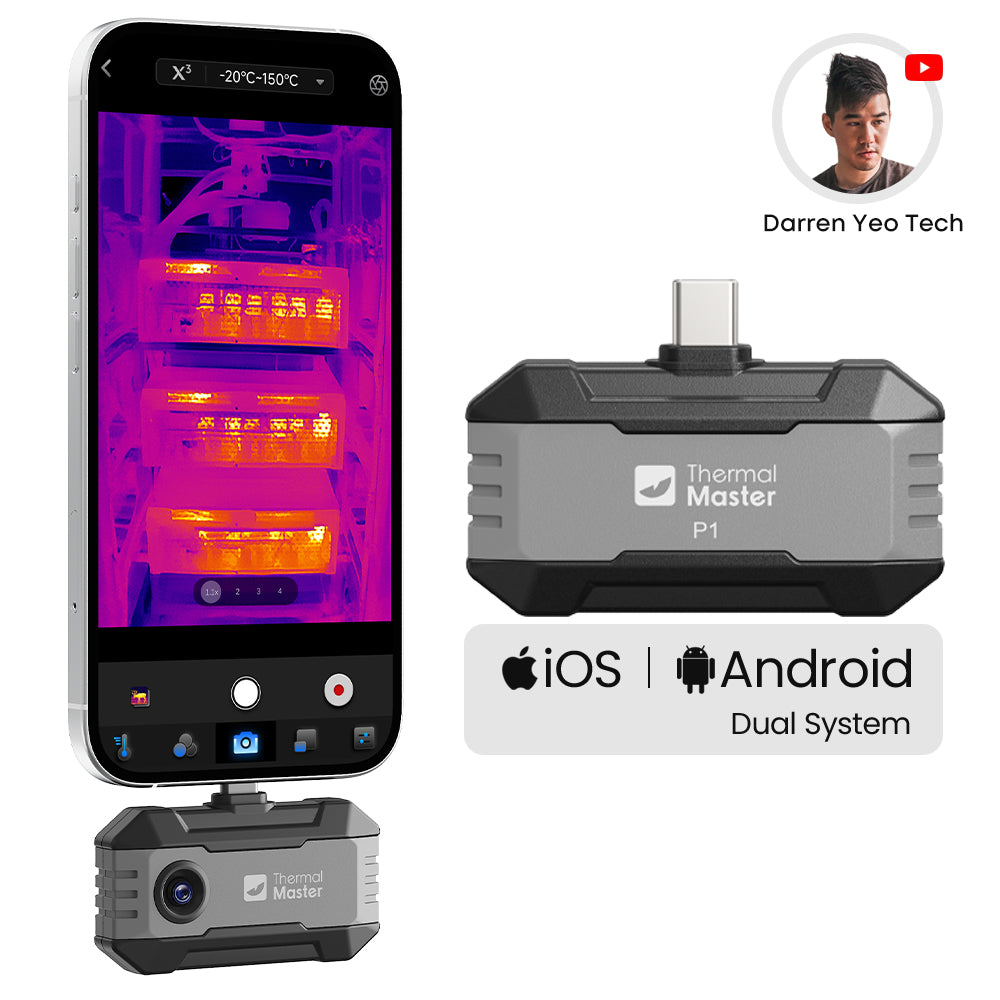
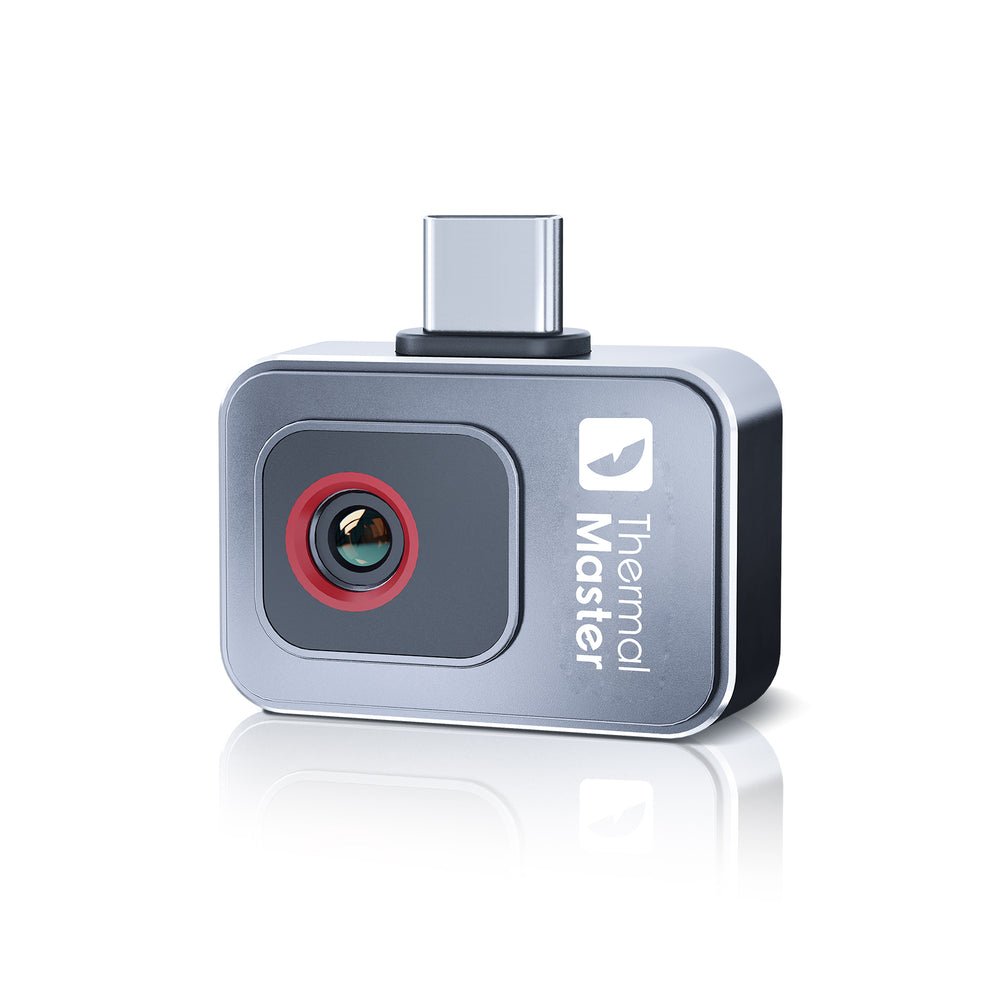
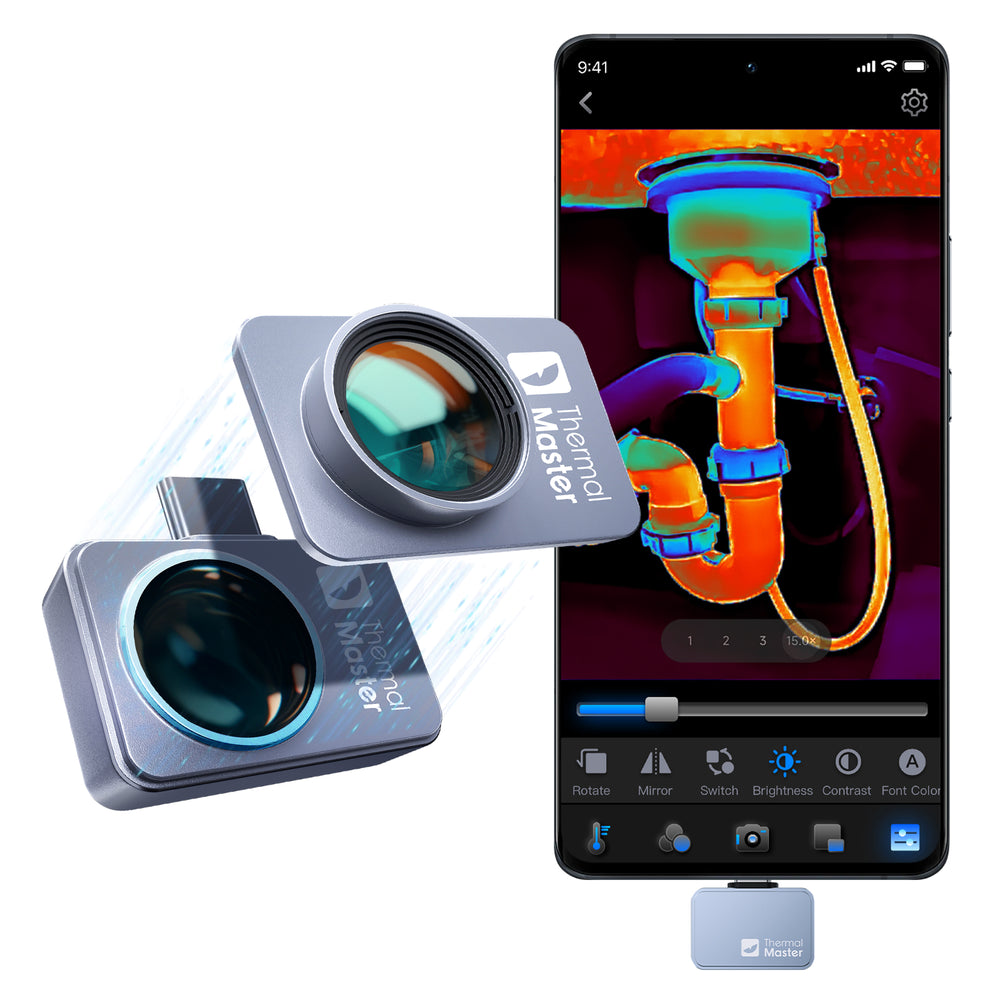
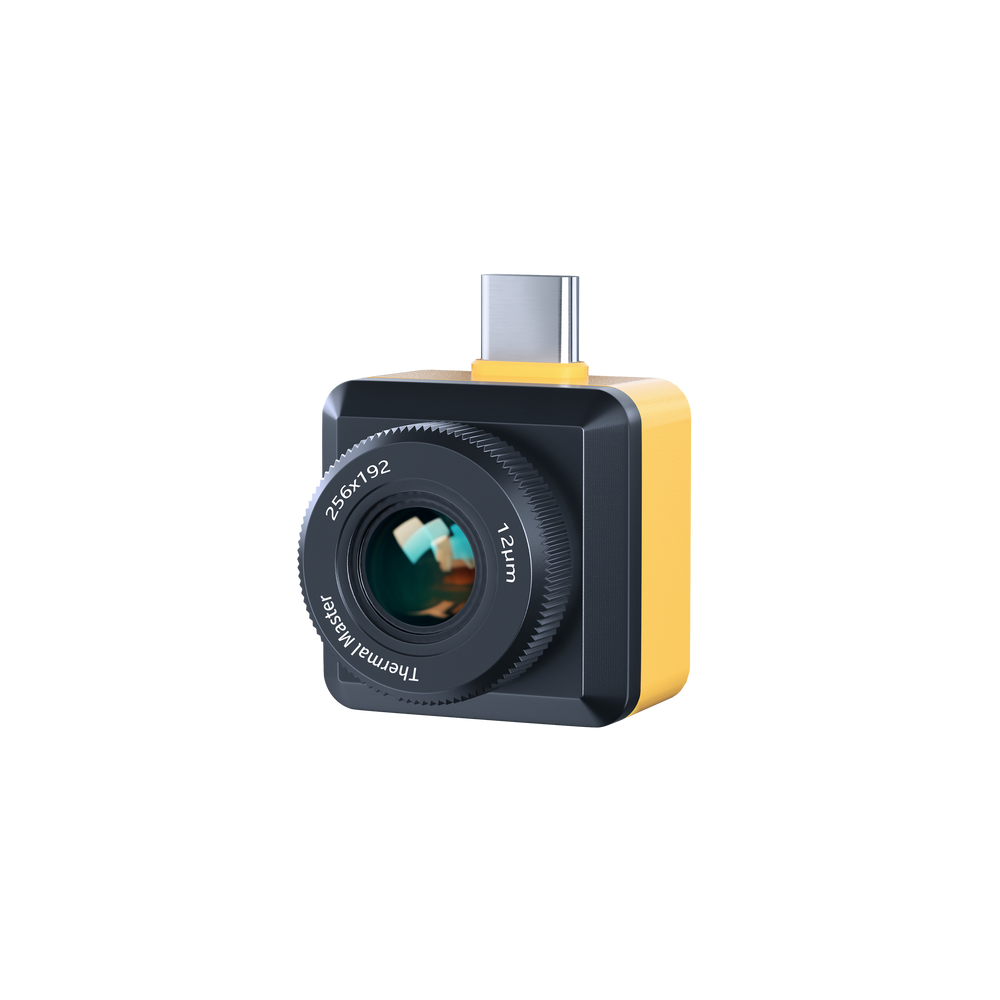
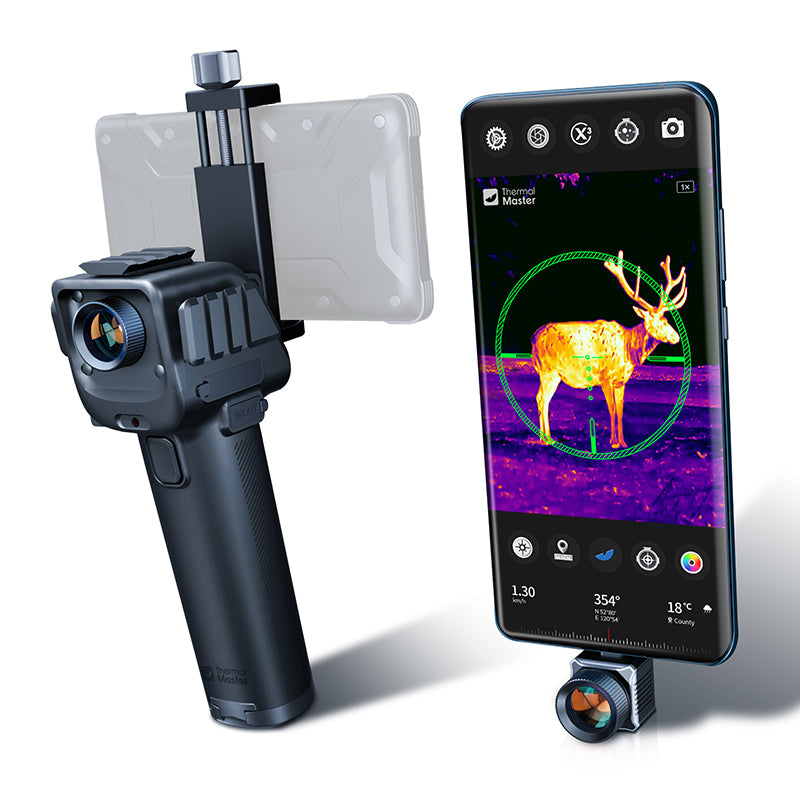
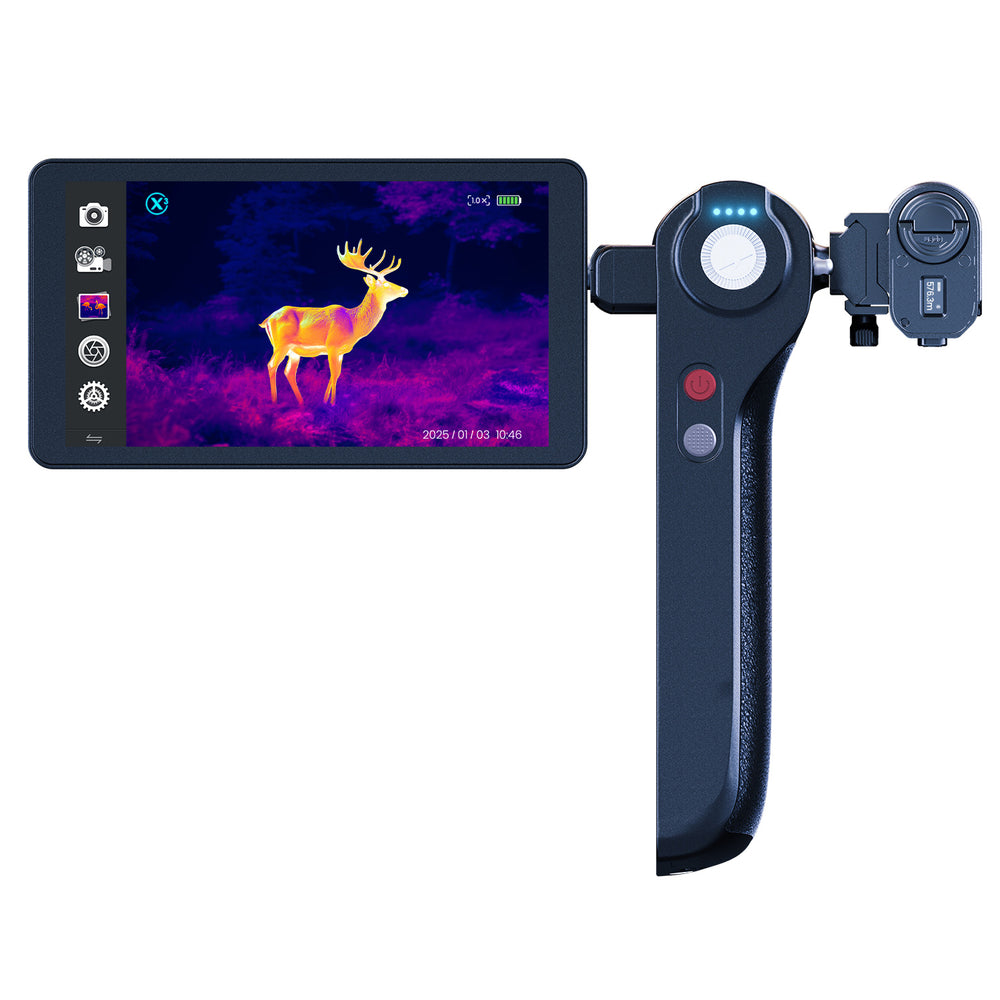
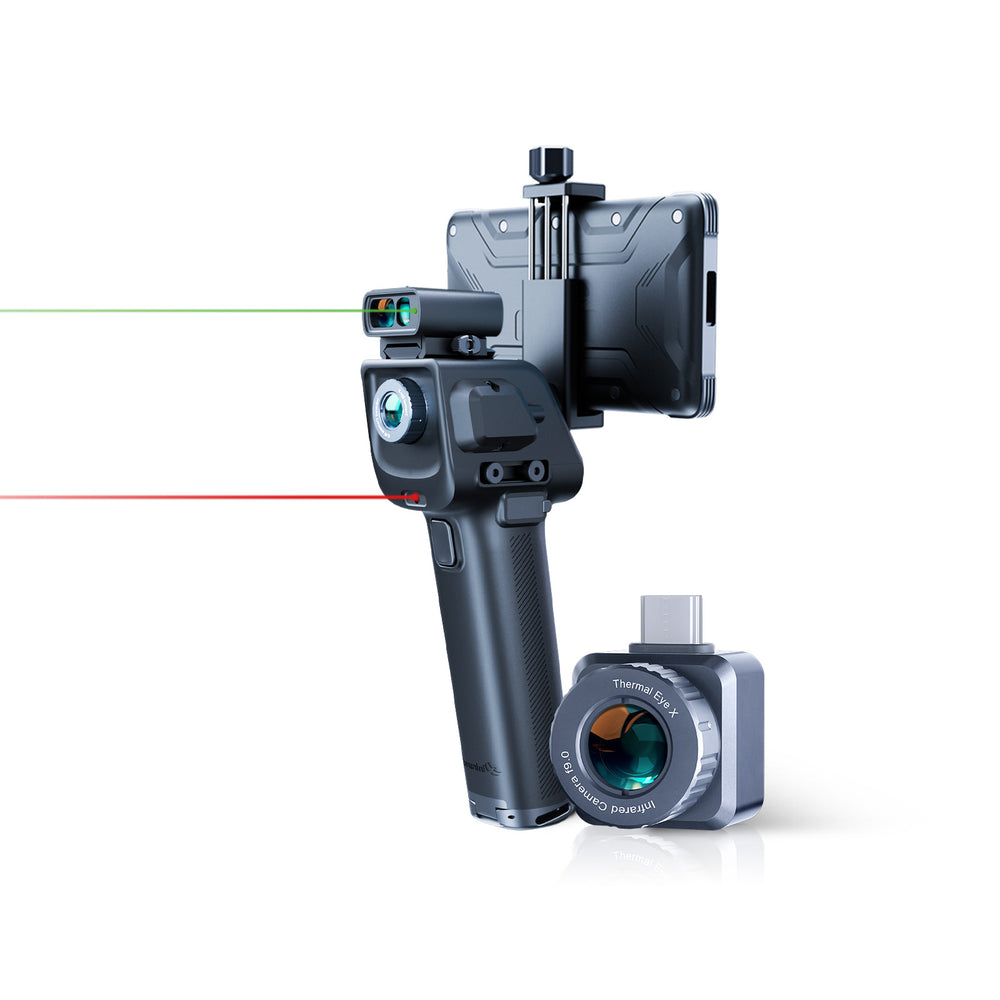
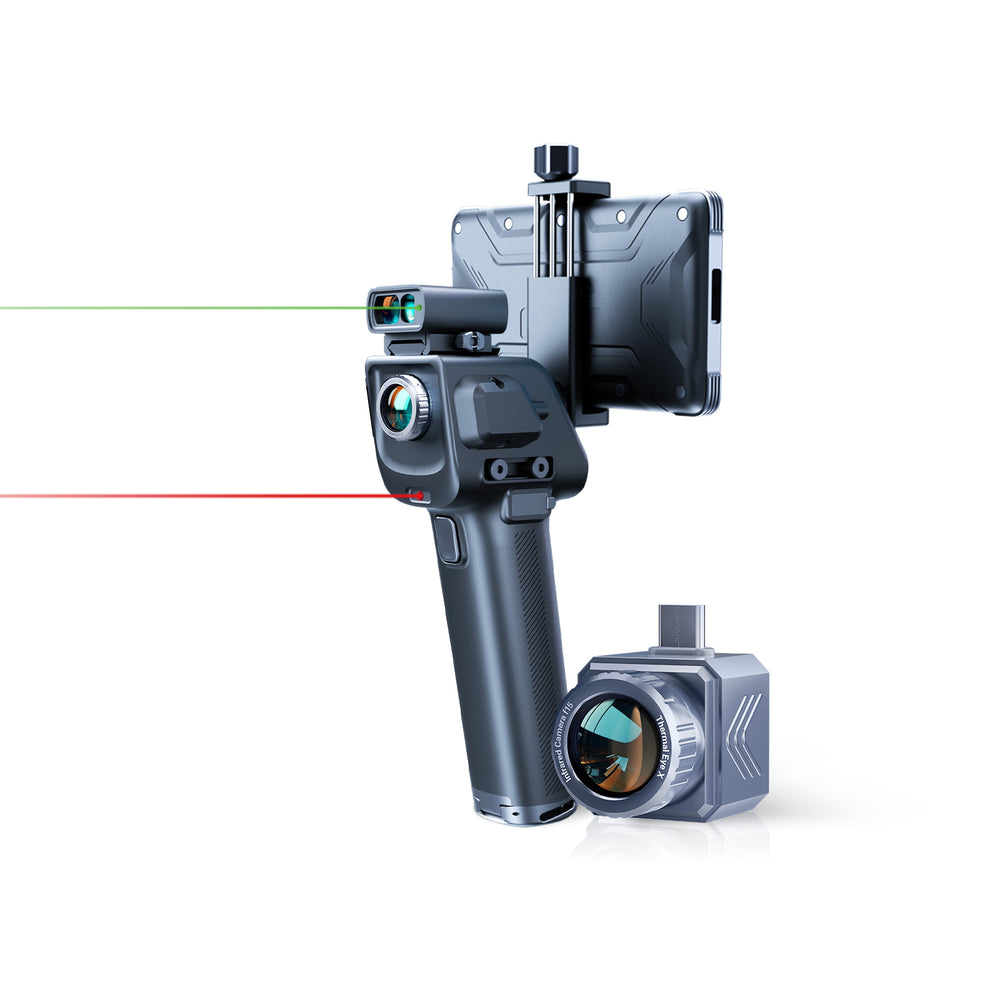
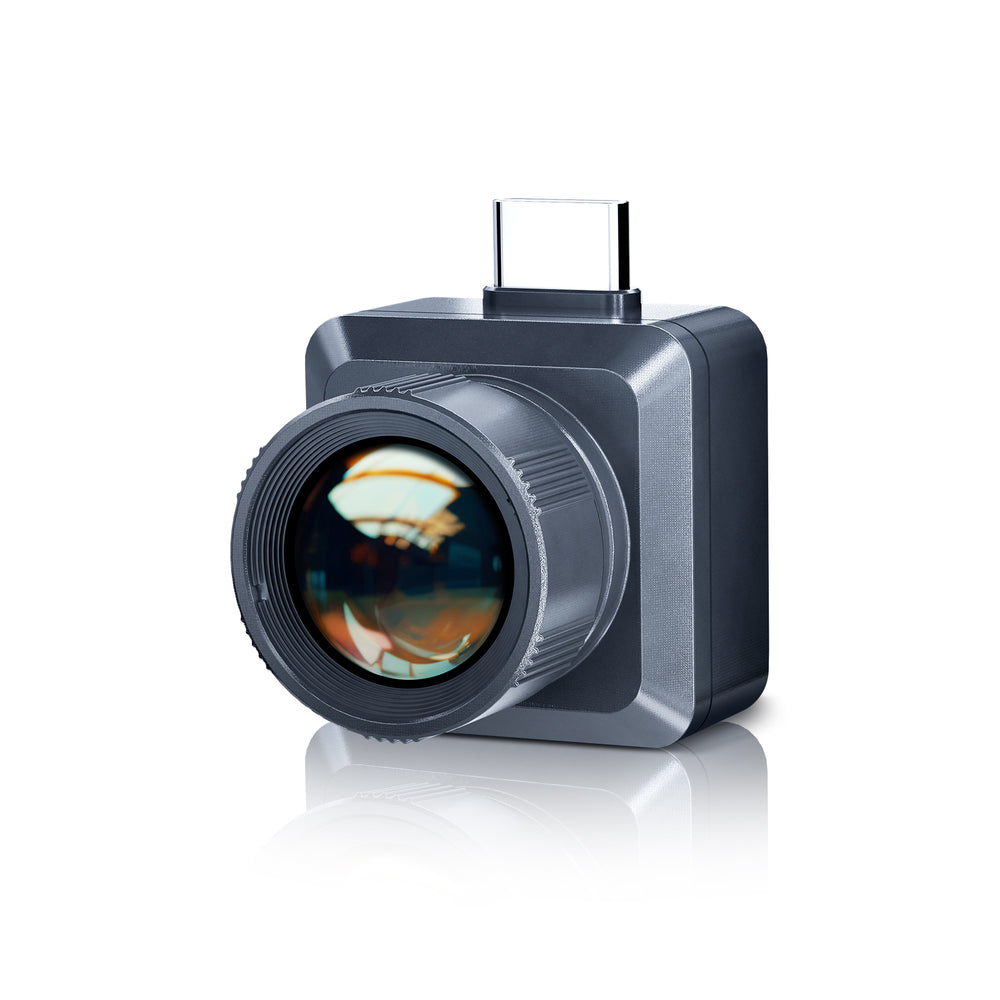
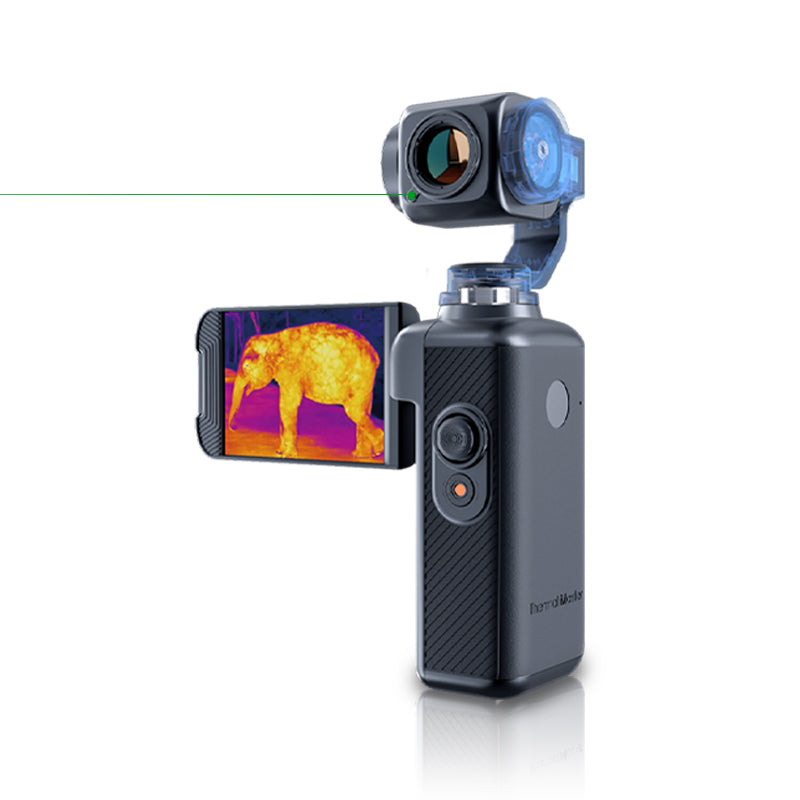
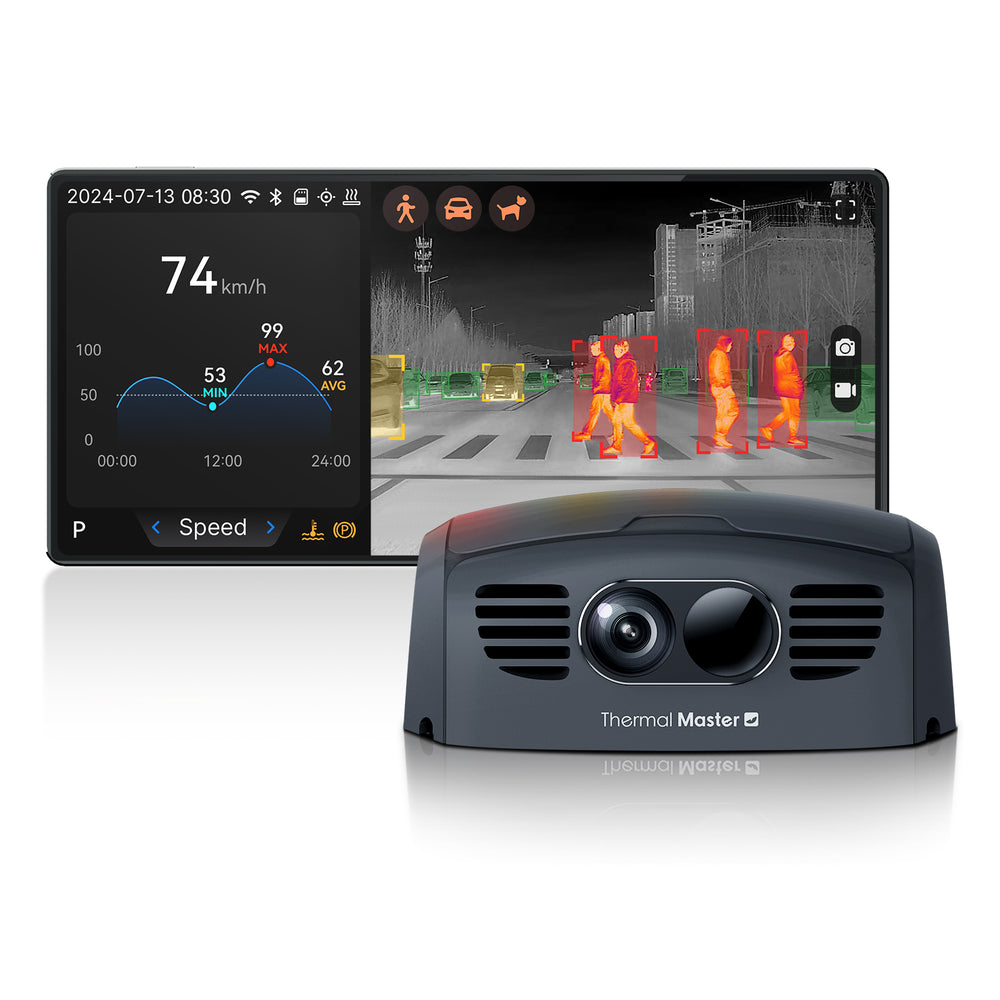
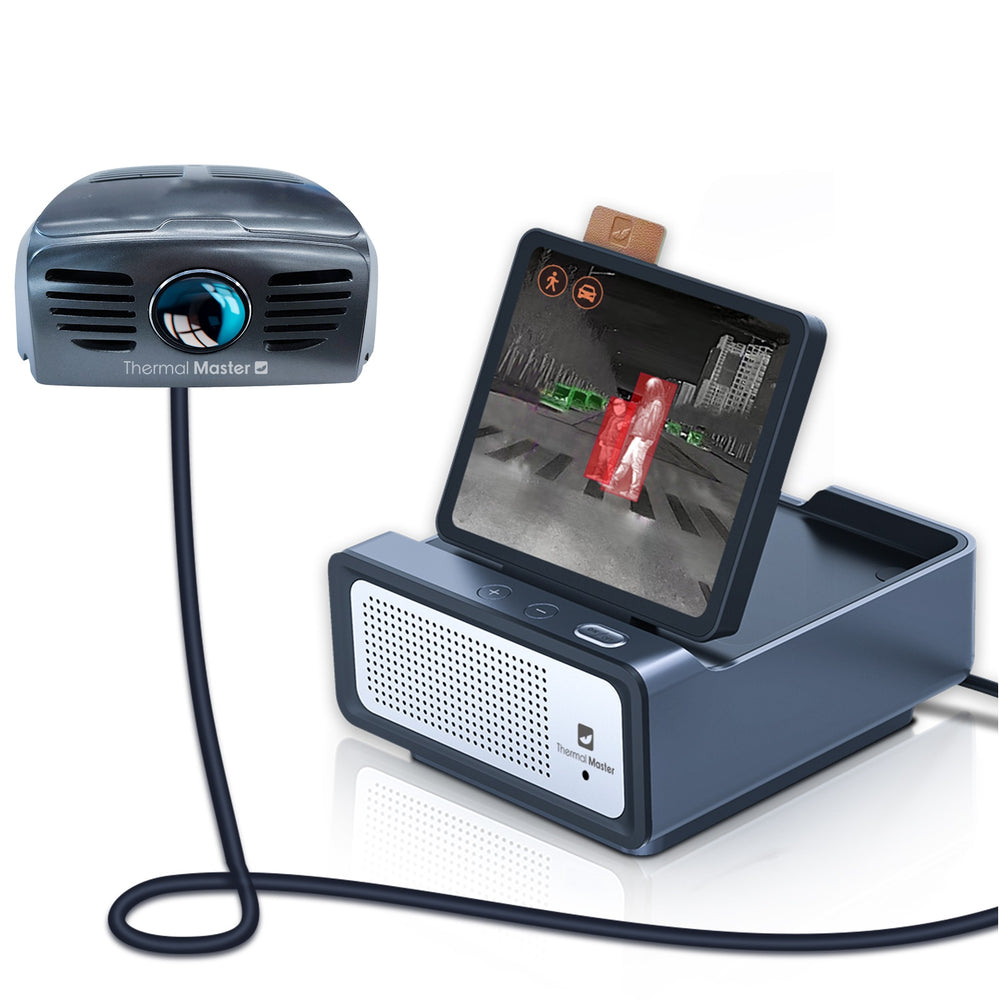

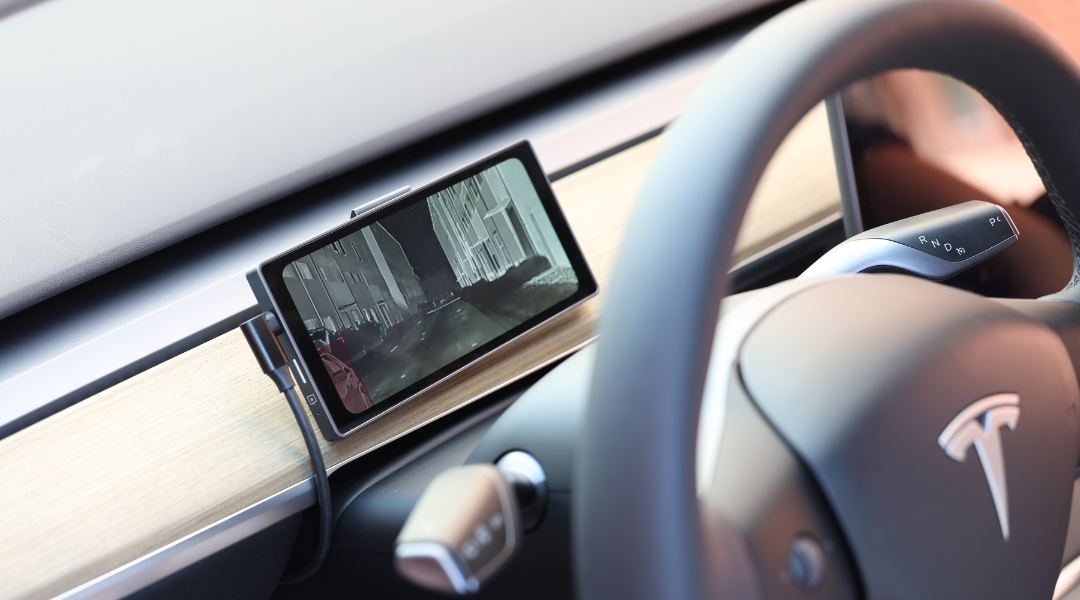
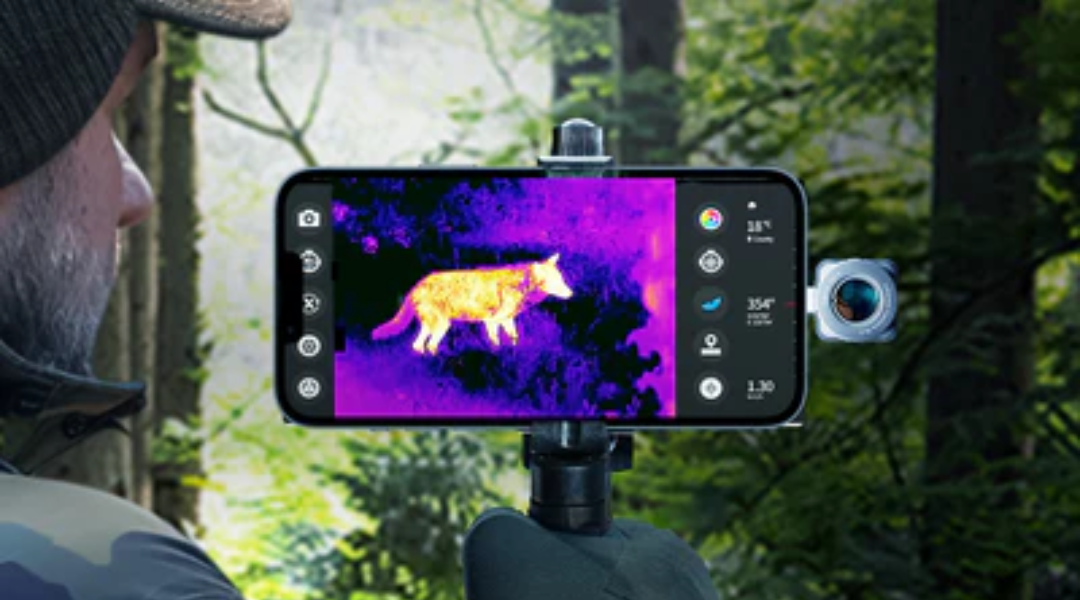
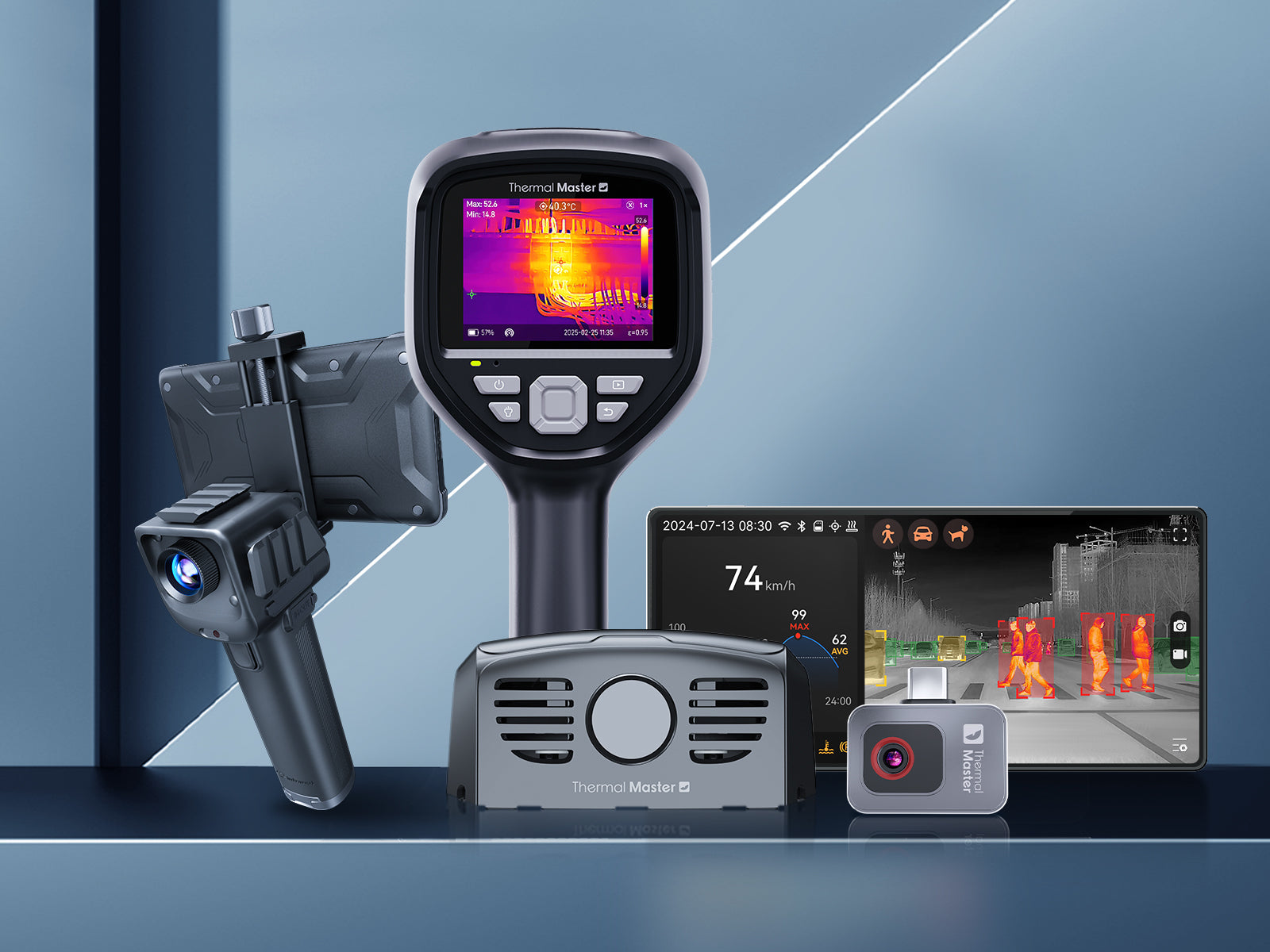
コメントを書く
全てのコメントは、掲載前にモデレートされます
このサイトはhCaptchaによって保護されており、hCaptchaプライバシーポリシーおよび利用規約が適用されます。